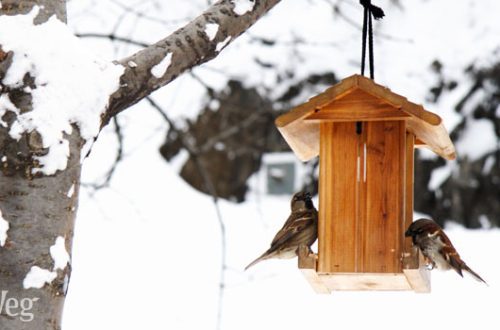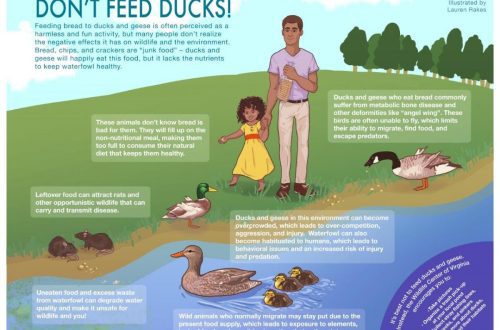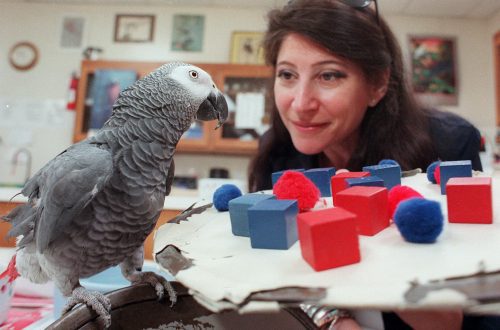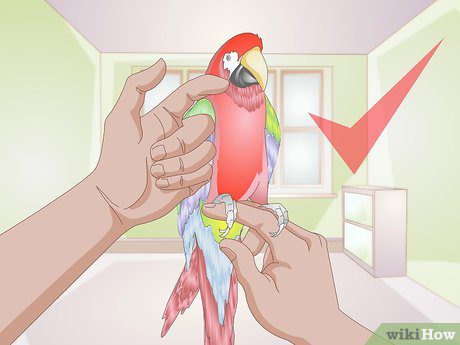
How to trim a parrot’s claws?
Birds live not only at home, but also in the wild. In their natural habitat, no one monitors the condition of their plumage, claws and beak. They take great care of themselves. But why, when kept in an apartment, does it become necessary to carefully care for parrots? The fact is that completely different factors act on pets here: daylight hours, air temperature, nutrition. So it is with the claws. If in the natural environment birds often move along the ground and branches of various diameters, which contributes to grinding, then when kept in a cage, they have only a couple of perches at their disposal. And then the responsible owner must take care of his pet, because this is dangerous.
Contents
Why trim a parrot’s nails?
Long claws are dangerous. First, they often cling to various objects. If a parrot’s paw gets stuck, then in an attempt to free itself, it can injure a limb. Secondly, they prevent the bird from moving along a straight surface. Toes when walking in this case do not lie on the floor, but rise up. Thirdly, there is a risk of flaking and breakage of an overly long claw, which will cause pain and cause severe bleeding.
How to trim the claws of a budgerigar?
If possible, entrust this procedure to a veterinarian, he will also tell you how to avoid regrowth in the future. If there is no opportunity to contact a specialist and you decide to do everything yourself, be sure to stock up on gloves to protect yourself from bites, because in a stressful situation, the bird may start to bite.
It is most convenient to cut the claws of a parrot together. You need to take it in your hands, clasping your wings. If possible, the head is held with the fingers so that it does not begin to bite. And while one person fixes the parrot, the second shortens its claws. However, many birds have unlimited trust in their owners, and they do not need the above methods at all. Often one person can easily cope with this procedure, while the pet stands still and contributes to the process with all its might. Much here depends on the nature of the parrot and the degree of trust between you.
In no case do not shorten the claws with a file: it is very painful!
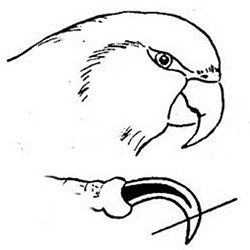 For this procedure, you will need a special nail cutter. It can be purchased at any pet store.
For this procedure, you will need a special nail cutter. It can be purchased at any pet store.
Do not forget that blood vessels are located in the claws, the border of which on light claws you will notice with the naked eye. In the process of shortening, it is important not to touch these vessels, otherwise severe bleeding will begin. If you do not see the border of the vessels, shorten the claws in several stages, cutting off only the very tip. In this case, the shortening occurs slightly obliquely, at a natural angle.
What to do if you hit a blood vessel?
If, when trimming the claws of a budgerigar, you still touched a blood vessel, apply a special hemostatic powder (biogrum hemostatic powder) to the wound. Do not use potassium permanganate, as it can cause severe burns.
Prevention of claw regrowth
The claws of parrots grow in the absence of the possibility of grinding. For example, your pet may spend too much time sitting on your shoulder or walking on upholstered furniture. Without contact with a hard, rough surface, the claw does not wear down naturally, grows strongly and causes corresponding problems.
To prevent this from happening, be sure to install wooden perches of various thicknesses in the cage. Plastic structures do not allow the claws to grind, and therefore it is better to replace them with wooden ones.
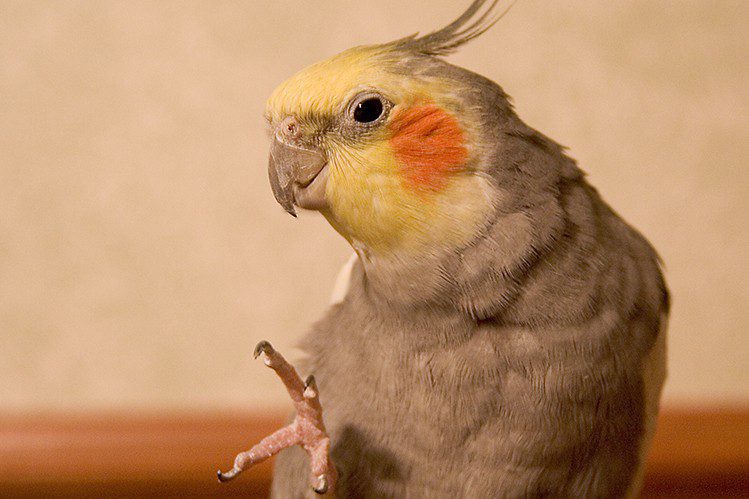
Often several devices are installed in the cage, but the claws still grow. Why is this happening? The perches can be too narrow, and then the claws of the parrot do not touch their surface, but sag in the air. Or the perches can be made of very smooth sanded wood, which also does not tend to chip.
In rare cases, long nails are a symptom of liver disease, a severe metabolic disorder, or a consequence of injuries and curvature of the fingers. A veterinarian will help determine the exact cause.
Monitor the condition of your pets and do not forget about preventive examinations!



